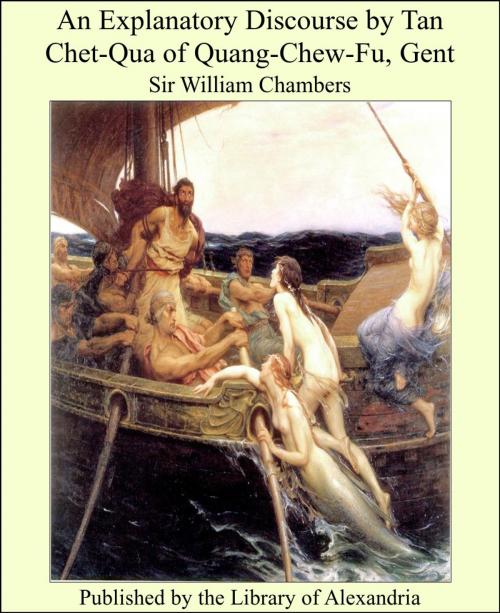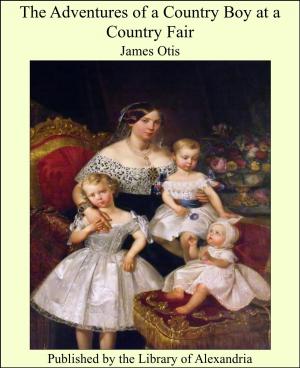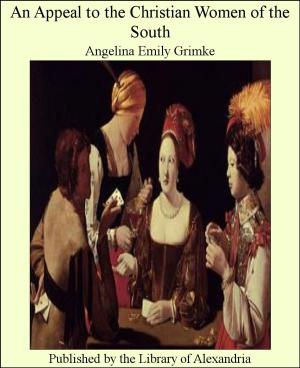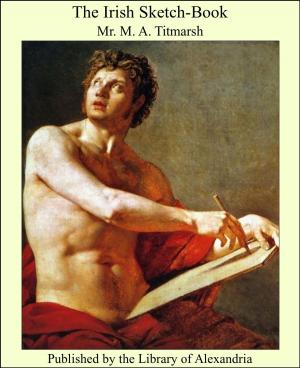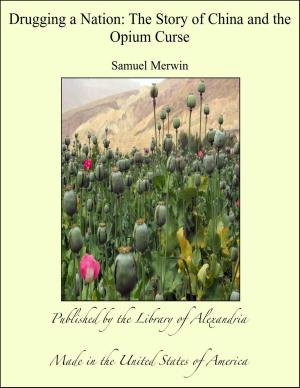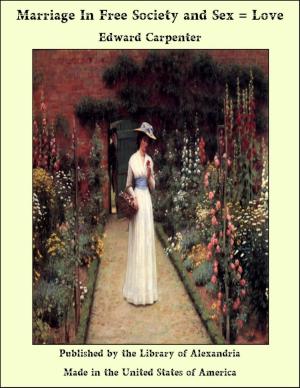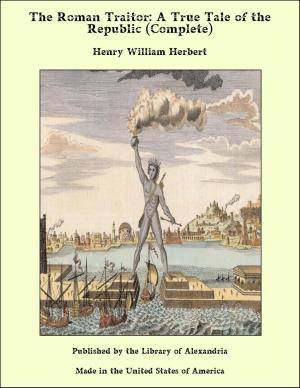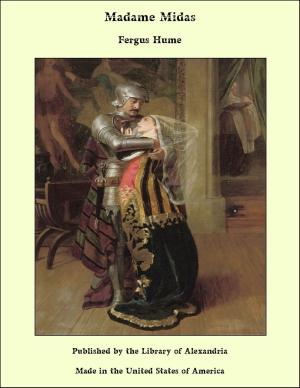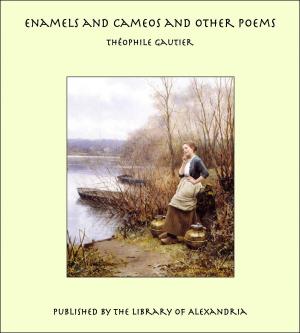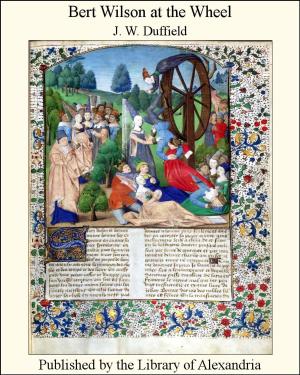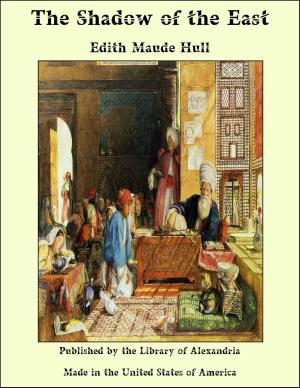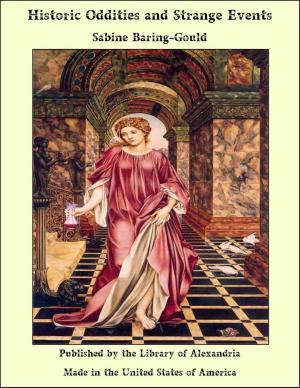An Explanatory Discourse by Tan Chet-Qua of Quang-Chew-Fu, Gent
Nonfiction, Religion & Spirituality, New Age, History, Fiction & Literature| Author: | Sir William Chambers | ISBN: | 9781465528285 |
| Publisher: | Library of Alexandria | Publication: | March 8, 2015 |
| Imprint: | Language: | English |
| Author: | Sir William Chambers |
| ISBN: | 9781465528285 |
| Publisher: | Library of Alexandria |
| Publication: | March 8, 2015 |
| Imprint: | |
| Language: | English |
The recent thorough Harris biography leaves it appropriate here only to survey the facts most pertinent to his publications on Chinese gardens and to advance a few speculations. The first son of a well-to-do Scottish sutler to the armies of Charles XII of Sweden, Chambers early left his native Gothenburg for schooling supervised by relatives in Yorkshire. Between the ages of 17 and 26 his cosmopolitan rearing proceeded with his apprenticeship to supercargoes or agents aboard three successive vessels of the Swedish East India Company trading in ports along the Indian coast and as far east as Canton. Although his eye and sketchbook were thus early busied with oriental sights, what Chambers later wrote of Peking (or much else Chinese beyond the docks of Canton) was, as he admitted, based upon the observations of Others. Yet it must have been rare and significant enough in those days that when this Westerner determined to devote his earnings from the final voyage to an education in architecture, he had seen proportionately so much of non-European building. Even before enrolling in J.-F. Blondel's Ecole des Arts for the 1749-50 winter, Chambers may have met Frederick, Prince of Wales, in London, and been encouraged by Frederick's exotic interests.
The recent thorough Harris biography leaves it appropriate here only to survey the facts most pertinent to his publications on Chinese gardens and to advance a few speculations. The first son of a well-to-do Scottish sutler to the armies of Charles XII of Sweden, Chambers early left his native Gothenburg for schooling supervised by relatives in Yorkshire. Between the ages of 17 and 26 his cosmopolitan rearing proceeded with his apprenticeship to supercargoes or agents aboard three successive vessels of the Swedish East India Company trading in ports along the Indian coast and as far east as Canton. Although his eye and sketchbook were thus early busied with oriental sights, what Chambers later wrote of Peking (or much else Chinese beyond the docks of Canton) was, as he admitted, based upon the observations of Others. Yet it must have been rare and significant enough in those days that when this Westerner determined to devote his earnings from the final voyage to an education in architecture, he had seen proportionately so much of non-European building. Even before enrolling in J.-F. Blondel's Ecole des Arts for the 1749-50 winter, Chambers may have met Frederick, Prince of Wales, in London, and been encouraged by Frederick's exotic interests.
